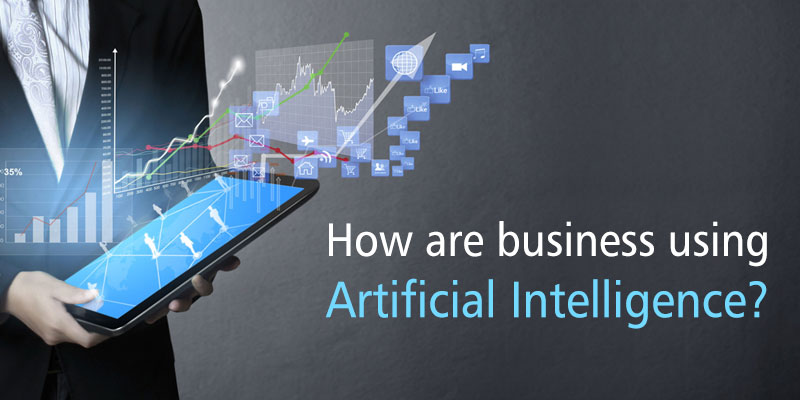 Artificial intelligence incorporates an immense scope of innovations, like traditional logic and rule-based systems that enables PCs and robots to take care of issues in ways that at least superficially resemble thinking.
Artificial intelligence incorporates an immense scope of innovations, like traditional logic and rule-based systems that enables PCs and robots to take care of issues in ways that at least superficially resemble thinking.
Compared to all other technologies Artificial intelligence can move faster and be more transformative. At present, a number of tech organizations and vendors are offering frameworks and APIs that enable the business to make their own intelligence services. PCs and internet allowed for creative and quicker methods of doing things, which disrupted a lot of business and jobs. In the year 2017, funding firms have injected a whopping $3.6 billion in AI start-ups. In 2018, startups raised an all-time high capital, registering a 368% growth from 2017. Larger companies like Amazon, Google, Apple, Microsoft and many more are investing billions in AI. So with all this money, what have we achieved? Here’s an overview:
Predictive analytics:
Predictive analytics can be described as the ‘everywhere electricity’- it is not much of a product as it is a form of potential that can be added to everyone in the process. Be it real estate, banking & finance, fashion, or mobile app development company, each and every industry vertical is motivated to adopt AI-based predictive analytics because of proven profits on investment, by analyzing what has been done up to a particular point and what needs to be done in order to reap maximum benefits from a process.
Chatbots and voice-assistants:
Developments in AI have given rise to sophisticated one-to-one conversational abilities and has enabled machines in evolving amongst the most critical aspects of lifelike interactions, especially those with contextual understanding. At present, chatbots are growing exponentially among both the enterprise domains and consumers, with the potential to deal with different tasks, including travel search and booking, shopping, payments, task management, office management, and customer support.
Image recognition and diagnostics:
AI solutions based on computational power are en route and will be dealing with organized sets of data. To make that happen, a significant amount of computational power would be required to shape the algorithms up.
Israel-based Zebra Medical Systems is already practicing deep learning strategies in radiology. Iris and fingerprint recognition systems are already used by travelers at UAE airports, and another example of how these technologies are actively being used in the mainstream is Chinese tech company ‘WeChat Pay’ (the mobile payments unit of Tencent) and Alipay (the mobile payments arm of Alibaba) uses advanced mobile-based image and facial recognition techniques for financing, insurance claims authentication, loan disbursement, fraud management and credit history ratings of both retail and enterprise customers.
Smart Robots:
Smart robots include Machine Learning and different innovations to automate tasks and reduce labor. One striking example of the same is the smart robot “Flippy” that makes hamburgers. Yes, a robot that makes hamburgers! It builds on many years of successful application of robotics in manufacturing. Amazon has more than 45,000 robots working in its fulfillment centers.
One significant expansion of AI is its incorporation into business functions. In the fast food industry, complete automation may reduce contamination from human sources and AI integration. Similarly, in telecommunication, AI can totally change marketing approaches because of its inborn capacity to convey the business nearer to the customers. Not only the food industry and telecommunication, but also in fields like Agriculture, Transport, medicine, finance, aviation and manufacturing, the use of AI is already building significance. According to Gartner, the prominent technology research firm, software, robots and other smart machines will take over one in three jobs currently conducted by humans by the year 2025.

